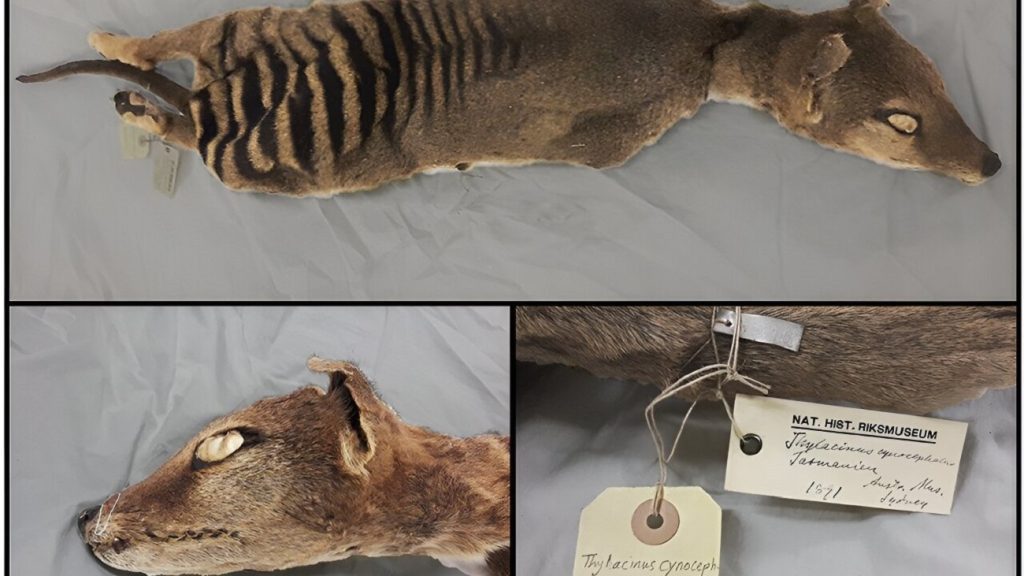Experts examined a Tasmanian tiger that died 130 years ago.
In a new study, they showed how they were able to isolate and sequence RNA molecules from the remains of a more than a hundred-year-old marsupial wolf, the Tasmanian tiger, he wrote. Stockholm University website. The specimen’s carcass was kept at room temperature in the museum. This is the first time that a replica of the skin and skeletal muscles of an extinct species has been reconstructed.
The Tasmanian tiger was a marsupial predator that was found throughout Australia and Tasmania. The extinction of this species was caused by European colonists: the animals were declared pests and money was paid to shoot individuals. The last known specimen died in captivity in 1936.
Recently, many experts have taken an interest in reviving the Tasmanian tiger, as its reintroduction could help restore the balance of the local ecosystem. However, reconstruction requires not only comprehensive knowledge of the genome (DNA), but also evaluation of the transcriptome (RNA).
The researchers examined the sample preserved in the Swedish Museum of Natural Sciences, and found that the animal died 130 years ago, and its body was dried. The team examined the skin and skeletal muscle tissue version. The recovered transcripts were of such high quality that muscle- and skin-specific protein-coding RNA was identified, leading to the identification of missing ribosomal RNA and missing microRNA genes.
The pioneering research opens up exciting new possibilities in examining the huge specimens and tissue collections stored in museums around the world. “In the future, we will be able to recover not only the RNA of extinct animals, but also the genomes of RNA viruses such as SARS-CoV2 and their evolutionary ancestors from the skin of bats and other hosts preserved in museum collections.” He said. love songa fellow of Stockholm University and a member of the team.












































